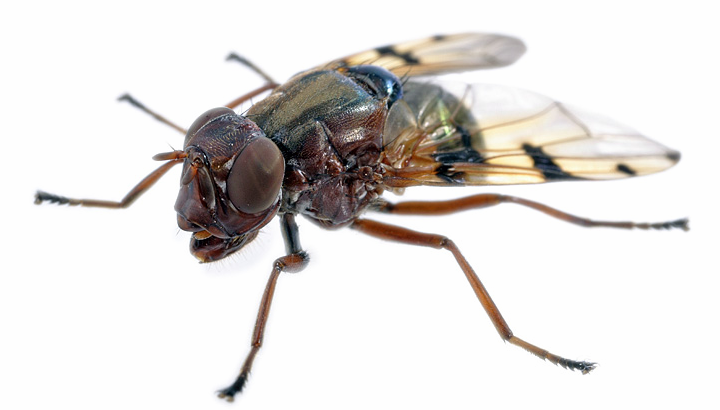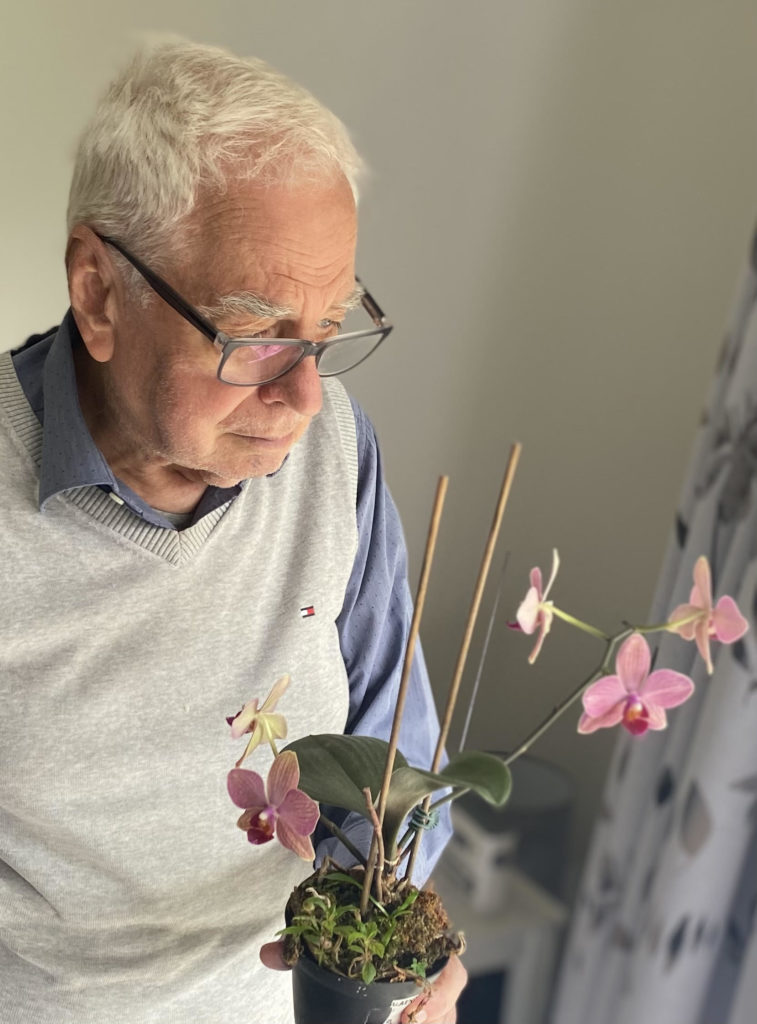At our insect collection you can find flies named after celebrities, flies named after opals and flies named after their extraordinary features. But our cabinets also contain flies with seemingly humble names, like the This flies.
The entomologist who gave This flies their name is Dr David McAlpine. It might sound like a strange name for a species of flies. But it's actually very appropriate.

Trusting the future of flies at our insect collection
Australia has more than 25,000 species of flies. They are busy recycling nutrients in your compost bin, pollinating native plants and enchanting the next generation of entomologists.
David has now made a significant donation to the Australian National Insect Collection's Schlinger Trust[Link will open in a new window]. The trust manages philanthropic donations for research into Diptera – flies, mosquitoes and gnats. It is named after The Schlinger Foundation, which was the first agency to donate in this scientific area.
Dr David Yeates, director of the Australian National Insect Collection, said the donation will enable us to research acalyptrate flies.
“Thanks to David McAlpine’s generous donation, we have established the David K. McAlpine Grant Scheme in his honour. His donation will enable us to study acalyptrate flies. This group includes signal flies, vinegar flies, true fruit flies and more.
“David spent most of his career working on acalyptrate flies. Most of what we know about the diversity and different species in this group is thanks to his contributions to science,” he said.

A career with flies
Although he was hoping to study molluscs, David McAlpine’s career as an entomologist began when he accepted a cadetship at the Australian Museum in Sydney in 1958 to study flies. He ended up specialising in Australian flies for the rest of his career. He worked at the museum until 1994 and continued his work there as a post-retirement fellow until 2019.
In 1991, David named some new species in the kelp fly family. One of the names he chose for a genus in this family was This (a genus is like the surname of a species, such as Homo in Homo sapiens). This flies live on the sea shore and their larvae feed on rotting seaweed. The name This is derived from a Greek word for sea shore.
David also coined the name ‘Upside Down flies’ for a curious group of flies that sit on vertical surfaces of their plant homes with their heads pointing downward. These flies are so happy being upside down that they will run backwards rather than turn around. David described this group of flies, the family Neurochaetidae, in 1978.
David was also part of the rediscovery of the Lord Howe Island stick insect[Link will open in a new window]. He recognised the supposedly extinct species in a photo taken by a rock climber in 1964 on Ball's Pyramid. In 2017 we confirmed his hunch had been correct.
Of Lord Howe Island itself, David once said, "Nice place for a visit but not enough flies."
